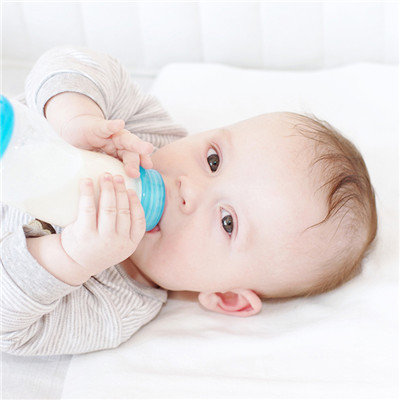Neonatal choking pneumonia symptoms?
summary
Pneumonia is particularly common in newborn babies. Also let mom and dad are very worried! As one of the common clinical diseases of newborns, pneumonia is easy to occur in all seasons of the year. Especially in spring and winter. Now, the weather is turning cold again, families with new babies should pay attention to it! Neonatal choking pneumonia symptoms? Pay attention to every change of the baby, let the baby grow up in the care!
Neonatal choking pneumonia symptoms?
Neonatal pneumonia and pneumonia in older children in the performance is not exactly the same, more atypical, a few cough, body temperature can not rise. The main symptoms are purple in the mouth, foaming in the mouth, dyspnea, depression, crying, crying and refusal of milk. Sometimes it is a "cold" symptoms, such as nasal congestion, choking milk.
Careful observation will find that the child's breathing is very fast (more than 45 times / min, under normal circumstances is 40 ~ 44 times / min), and may even be accompanied by three concave sign (inspiratory sternal fossa, intercostal space and xiphoid depression called three concave sign) and other manifestations of dyspnea.
When the baby is quiet, parents can count the number of breaths for one minute; Don't breathe when you've just been fed, washed, defecated or crying.
matters needing attention
Choking milk is a common abnormal manifestation of infants, especially newborns. If the baby accidentally chokes the milk, it is best to observe the baby's oxygen inhalation and exhalation movements first to see if there are any abnormalities (such as weak tone sandhi, difficulty in breathing in, serious concave chest, etc.), and send to the hospital immediately if there are any. If the baby cries loud, full of breath, ruddy face, it means no harm. In addition, the mother should pay attention to the breast-feeding posture when feeding the baby. When breast-feeding, the mother should step on the stool and hold the baby. The other hand should gently clamp the nipple with the thumb and index finger to prevent the nipple from blocking the baby's nostrils or causing the baby to choke and spit due to too much milk.











